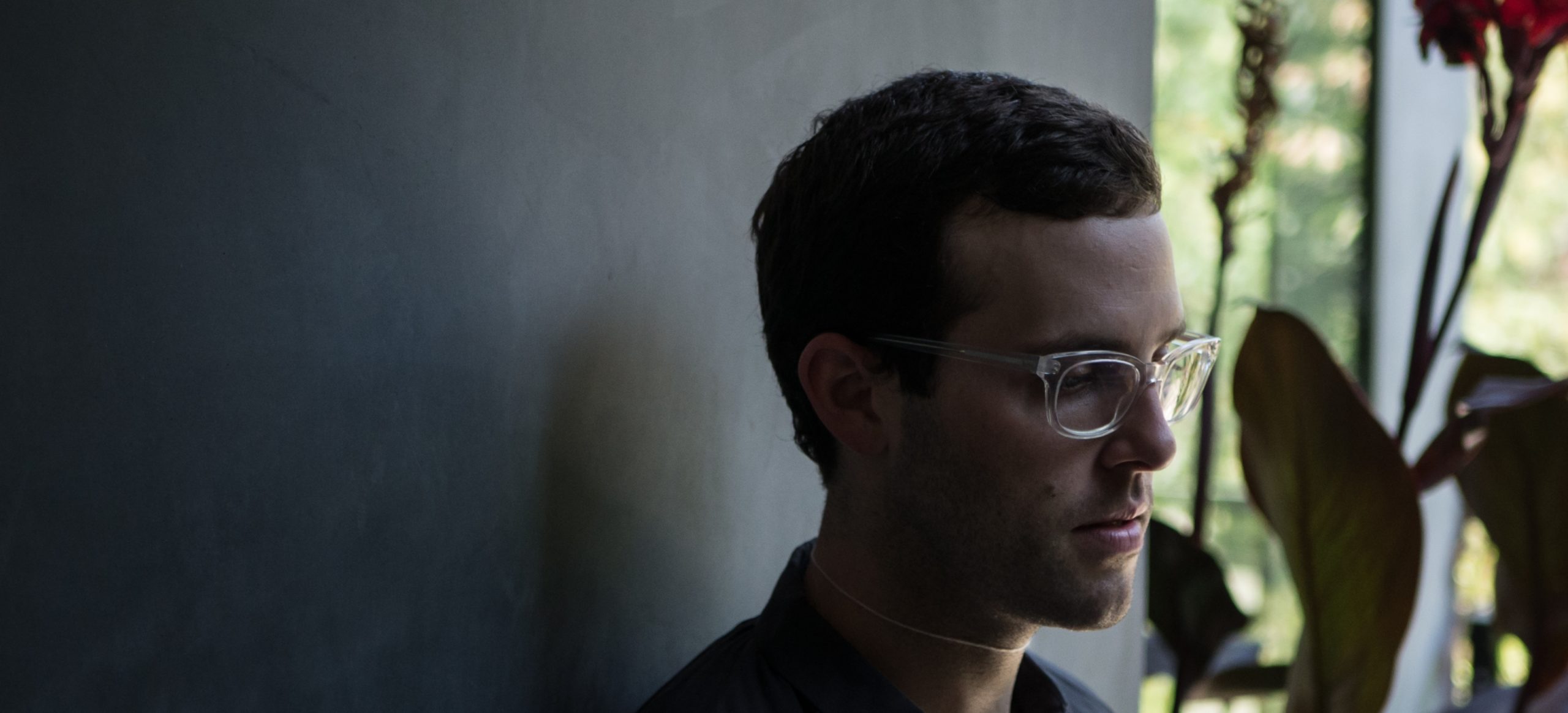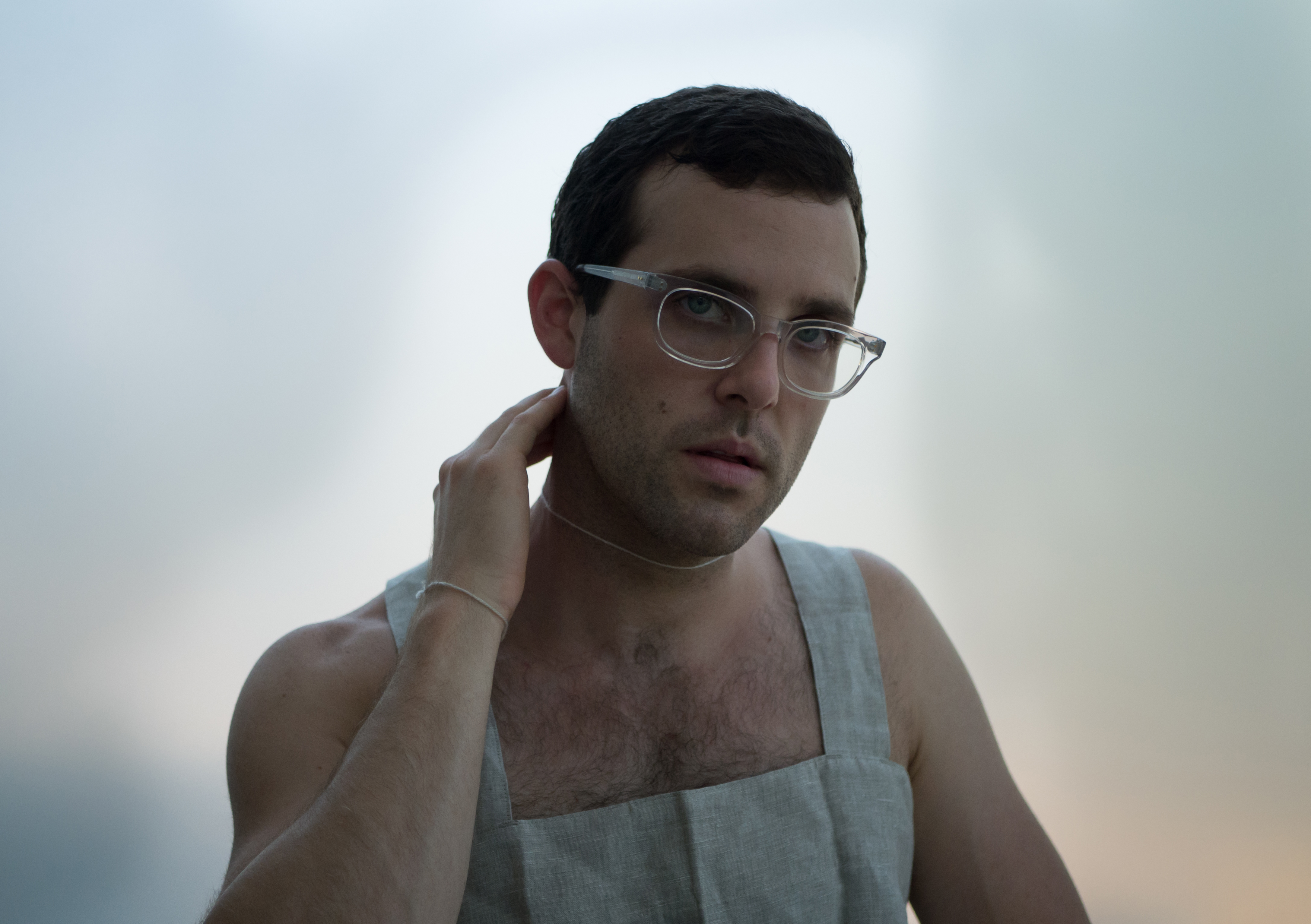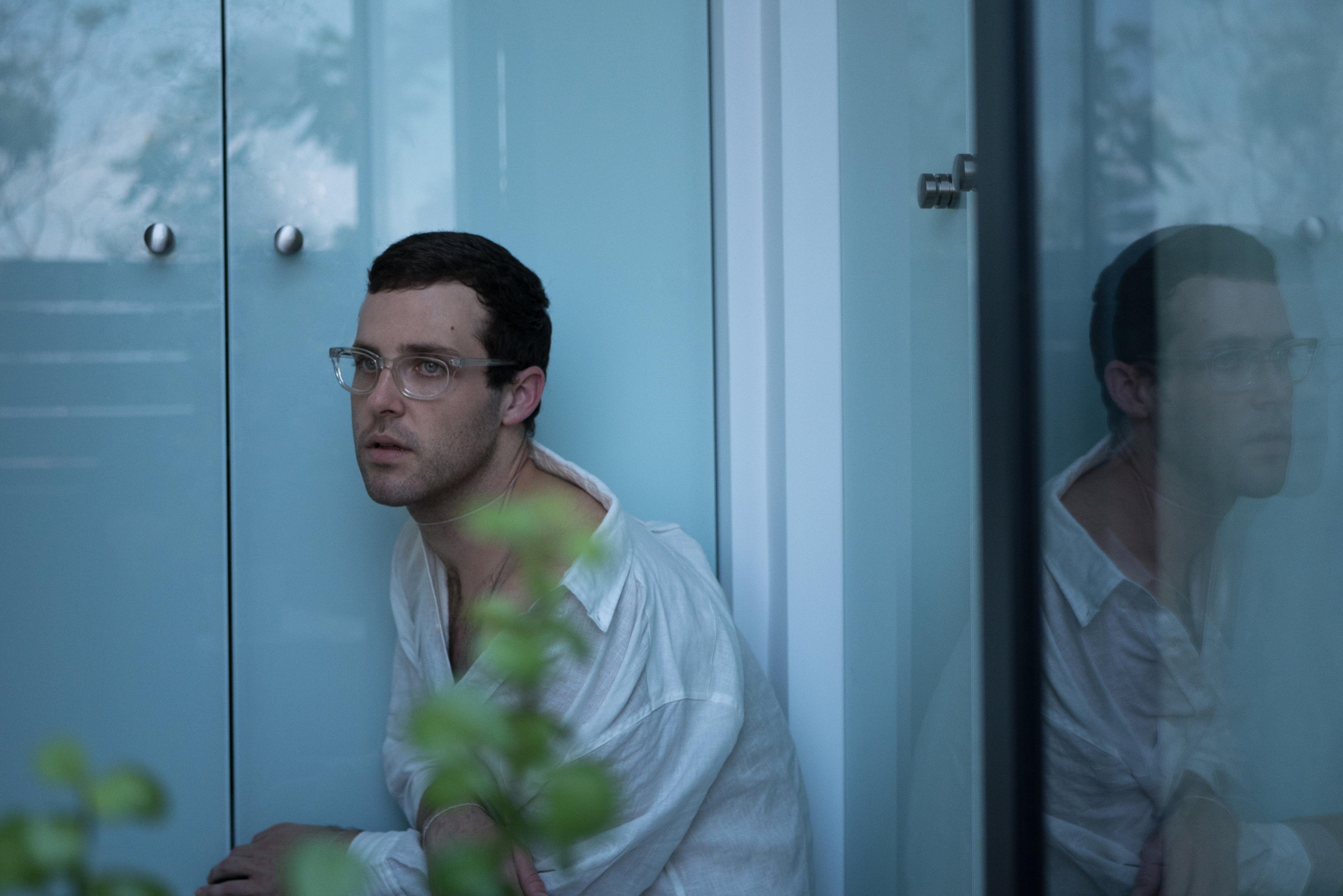Artist Tips: Geotic / Baths
Wise words from Will Wiesenfeld.

Artist Tips: Geotic / Baths
Wise words from Will Wiesenfeld.
Geotic is one of Will Wiesenfeld’s three projects. The American artist, once known as [Post-foetus] and now better known as Baths—the name stemming for his appreciation for such—began self-releasing using this alias in 2008 before debuting on Ghostly with 2017’s Abysma LP. What began as a home for his more ambient efforts, intended to help him to fall asleep, has evolved into one for all forms of “passive listening,” he explained. “It always soothed my state of being before I went to bed. And then during studying it was like a thing that helped me keep my focus because I have ADHD….it was just a way to drown out outside noise when I was working.”
Wiesenfeld is born and raised in Los Angeles and is a classically trained musician. He began learning the piano at the age of four but veered towards electronics through his adolescence. As [Post-foetus], he released LP in 2010, the same year he appeared on Anticon with some experimental pop; he’s since become a regular on the label, with an EP and three albums, the last of which, Romaplasm, arrived last year—once again with fluttering instrumentation, hip-hop beats, and imaginative vocal work.
In contrast, Traversa—Geotic’s latest outing—captures Wiesenfeld’s more contemplative side. As the title suggests, a central theme of the album is the idea of travel and being carried off to different places through music. The result is another splendid piece of unorthodox pieces of chilled out electronica, filled with delicate, transportive sounds and Wiesenfeld’s hazy vocals. To tell us more about the album and the secrets behind its production, Wiesenfeld composed five artists tips below.
EQ everything.
Throwing an Equalizer (EQ) on every track might be a bit taxing on your computer or seem obnoxious if it’s not already a part of your process, but it makes all the difference. It immediately allows for more control and understanding of your mix. You can see the sound in every track. It becomes easier to mentally separate your highs, mids, and lows, and you end up thinking about your mix with more confidence because you can visualize where all the sounds sit within the space of your mix.
Applying EQ to every track is also about what isn’t in your mix. Filtering out unnecessary highs, mids, and lows all over the place allows you to eliminate unwanted sound. Low end on a guitar track or a vocal track is a good example of unwanted sound (in my own mixes) because it’s usually sound that you won’t end up noticing within a full mix. It might not seem like much of a change when isolating one track by itself, but not EQing each track can have a major compounding effect and you’ll have super muddled mixes. Getting rid of that invisible mud is pure magic. The clarity makes all the difference.
“Knapsack,” the first track on my Geotic album Traversa, has some samples of birds chirping and bushes moving around—I pulled out a ton of bass existing in those samples. There were some periodic bursts of wind that when heard against the rest of the track show up as these almost indecipherable bass-heavy lumps. They totally muddled the mix before I’d addressed them. By EQing them right off the top, I never had to fight to understand what was wrong with my mix later on. It may be confusing at first to figure out what you want to get rid of and what you want to add while using an EQ, but it’s that same process of trial and error that you take on in learning any form of art. It’s best to allow yourself to discover what works and what doesn’t according to your own personal taste (see ‘Mix Creatively’).
Mix individual tracks against your entire song, never solo.
This was revolutionary advice for me. Daddy Kev (of Alpha Pup + Low End Theory), who mastered all my Baths records, once shared a video of Chris Lord-Alge talking about mixing. I distinctly remembered Chris’s direction to mix individual parts while hearing the entire song vs. mixing a track solo and then being satisfied. No one is hearing that synth part by itself, they only hear it in the context of the entire song playing, so why mix it on its own?
I used to get a bass tone to sound perfect on its own, and think “Great! that bass is mixed now.” My ears wouldn’t even pick up on how much it clashed with other parts of my mix. It was unintentional, but I wasn’t even listening for that disparity. Once I did away with the notion of how something is supposed to be mixed, I started to listen to each track in relation to the whole song, and it was like a wall came down. All my production started to move at a more functional speed where I wasn’t freaking out about the perfection of an individual sound but learning to understand that every sound is malleable and contextual, free to change with the direction the song takes.

Actively take breaks.
I have to remind myself to do this all the time, sometimes by setting alarms. You must take breaks—every couple of hours, and sometimes far more if working on a particularly intense section. Visual artists and writers talk about eye strain and a resulting lack of perspective all the time, referred to as having your “eyes too close to the canvas.” Your ears are no different. It may not be damage that’s happening to your ears (especially if you’re listening at proper volume, which you should always do), but your ears get taxed in the same way, as well as your creativity. Your understanding of the individual parts of your mix will fade and your decision making will suffer.
Coming back fresh to a song is an invigorating feeling. I always step away when I’m uncertain of where to go, even outside of the mixing process. Trying to be creative when not at your best can be the most frustrating thing, and it’s so easily avoided by being conscious of how spent you are. Taking a break might just refresh your creativity, but it will ALWAYS reset your ears. Keeping your ears at their top listening capabilities will keep your mixing decisions as informed as they can be.
Making ambient music especially benefits from taking breaks, being that my own ears perceive more of a “wall of sound” after a shorter period of time. It’s pleasant to mix and listen to ambient material for long stretches of time but that’s precisely why I have to be more aware of taking breaks. I’ll be blissing out on my third straight hour of producing the same ambient song and forget that I’m even working on it. Which, to be honest, is both good and bad, but it can make working on an entire album’s worth of ambient material feel like a slog and so much less satisfying than having it feel fresh to the very end.
Mix creatively / Try to work against your instincts.
I gave a lecture on making music and my central thesis through the whole thing was “there is no one right way to do anything.” It is so easy to get discouraged and think you’re doing something wrong because you hear someone’s contradictory opinion, but making music is as open and varied as any other art form. Most of my favorite material is music that challenges the norms of how something should sound or just disregards those notions entirely. Also, for every person that prescribes a definitive way something should be done, there are a million other reasons to try it differently.
Mixing creatively is hard for me to stress on someone. It’s almost like saying “BE CREATIVE” which feels asinine. I think a way to jumpstart that thinking is to try actively going against how things tend to be mixed. A good exercise is writing some bass and guitar parts, but then mixing out all the high end on the guitar, and mixing out all the low end on the bass. Suddenly the sound of those parts together takes on a completely different color.
I always champion Micachu + The Shapes, specifically the record Never, as a shining example of how strong the results can be when you challenge mixing and songwriting norms. To me, it’s as if they’d heard there was a right way a record should sound, but with Never they proudly and defiantly didn’t give a shit. It’s mesmerizing. I still hear new things with each listen.
Mixing creatively within a dance or ambient framework can be tougher sometimes because there’s a specific listening experience that you want to communicate, regardless of your experimental choices. Working within something so predetermined, I like to keep the experiments small. I’ll pointedly make background synth melody sound unconventional, but only have it occur infrequently, or maybe just once. On the Traversa song “Terraformer,” there is a small warped vocal bit I love that starts once the first chorus ends. I fought with my instincts nudging me to keep it really present in the mix. In the final version I think it’s barely noticeable, but still present if you’re listening for it. That’s my absolute sweet spot. I love to include details that ride that line—comfortably overlooked or a small reward for closer listening.

Let tone and atmosphere guide your work.
This speaks specifically to how I mix and make music as a whole. I like to build a small world for any song I’m working on. I maybe maintain a vague visual aesthetic, a scene from something I love, or sometimes just a feeling I can’t quite explain—and then I try to lock down the tone of that effort I’m holding on to. The entirety of my last Baths album, Romaplasm, was born of that process. Each track was a specific standalone scenario that I wanted to emotionally expand on and embellish, the most obvious maybe being “Extrasolar”— that song is about being a touring band in space and literally starts off with the sound of rocket exhaust. This mindset allows me to actively work towards something, even if that something is not concrete, and I can say things to myself during my process like “Would this make sense in this scenario I’m picturing?” or “Does this sonically have any value in the narrative I’m building?” It helps me get rid of irrelevant musical elements and I end up having a clearer emotional feel for a song when I’m finished.
It may not be the textbook way to think about making music, but I have a huge affinity for this mode of writing and producing. I end up thinking about my mix less in the context of “how good does it sound” and more like “how does it make me feel,” which, in my own relationship with art, is always the work I gravitate towards most.

